A couple of weeks ago, a feral pigeon arrived on my doorstep, and forced me to reconsider some cherished preconceptions.
It had been attacked, by a cat, perhaps by a gull. All its tail feathers were missing, raw flesh was exposed on its rump. When I tried to shoo it away, it couldn’t, or wouldn’t, budge.
Why was I shooing it away? Well, I like to think I take a tough-minded attitude to these things. Wild animals kill and eat each other all the time. An injured pigeon is a meal for some other hungry creature. Part of me thinks we should never interfere in these interactions.
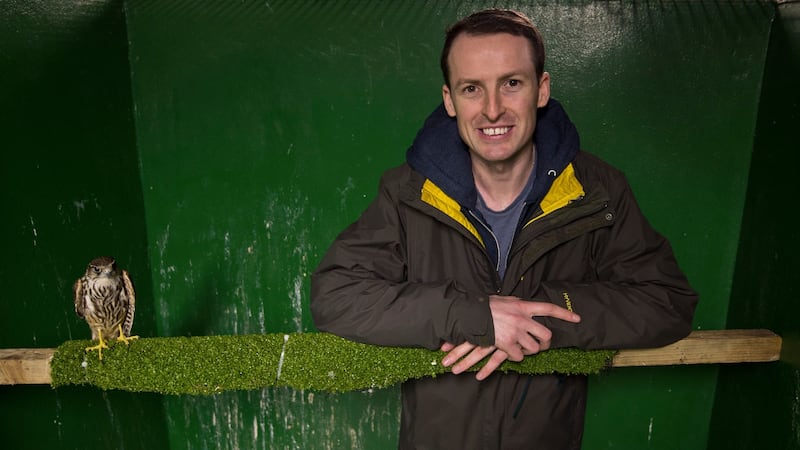
Victims of predators are generally weak or sick. Predation not only feeds the attacker, but benefits the health and ultimately the evolution of the prey species.
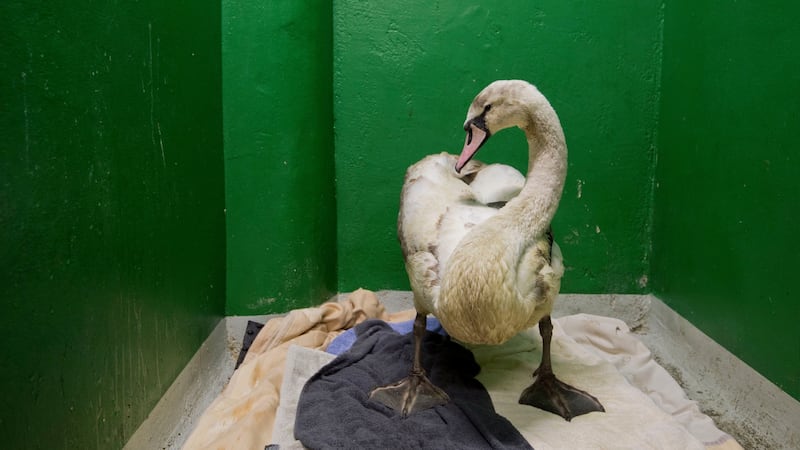
However, that rational but rather cold Darwinian argument seemed less and less compelling, every time I stepped over the unfortunate bird. It had an uncanny way of catching my eye with its own tiny green one. I don’t delude myself that it was asking for my help, but it was certainly suffering.
And there just didn’t seem to be any good excuse for not helping a suffering being.
Unlikely to survive
But I had a tough-minded way to deal with that notion too, though it didn’t last more than a few minutes. I assumed, for no very clear reasion, that the pigeon was most unlikely to survive. Therefore I should just put it out of its misery.
But how? I’ve wrung a blackbird’s neck after hitting it with my car, many years ago, but a subsequent effort to kill a pigeon in similar circumstances turned out disastrously. No point in making this one’s suffering any worse...and upsetting myself more, if I’m honest.
So, hours later than I should have, I began googling emergency vet numbers. One referred me to Kildare Animal Rescue. That seemed like too long a shot for a Stoneybatter resident, but within 20 minutes a trained volunteer arrived from nearby Cabra to take the pigeon away. To my surprise, it has not been euthanised, but is apparently making a full recovery. It may soon be returned to its natural urban habitat.
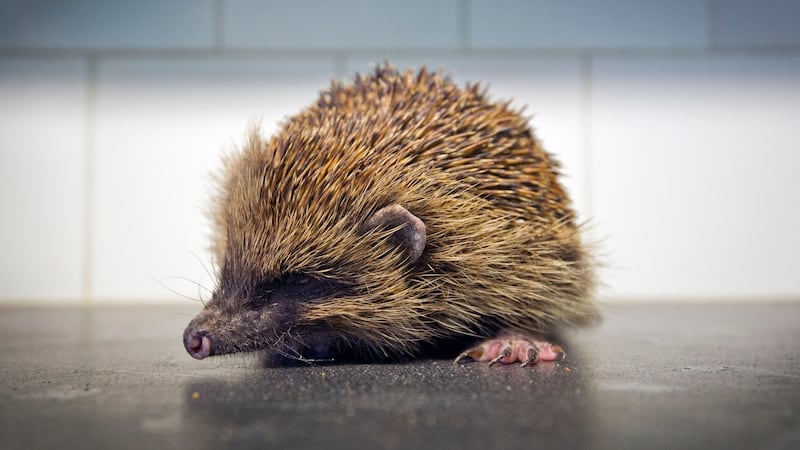
Curious to find out more, I went to see the Kildare foundation for myself. It was founded in 1994 by Geraldine O'Hanlon, who still runs it. My guide was Dan Donoher, who has worked at the wildlife unit full time for 15 years, after volunteering aged 17. His commitment and practical, professional approach were evident.
The foundation is near Kildare town, in a farmhouse surrounded by outbuildings, many of which are occupied by dozens of abandoned pets. These are rehabilitated and, where possible, offered to new homes.
But the wildlife unit is different, orientated towards eventual release. It had 43 inmates when I visited. We started in the hospital section, where injured animals are confined in small cages for recuperation, often after surgery by specialist vets.
Two buzzards, each with a wing in an incongruously coloured vetwrap sling, glared at us when Donoher pulled back the curtain on their cages. The centre has nursed a dozen of these large birds of prey back to health recently, largely due to a spate of shooting incidents. This seems to have been sparked by sensational media reports claiming falsely that they kill pets and livestock.
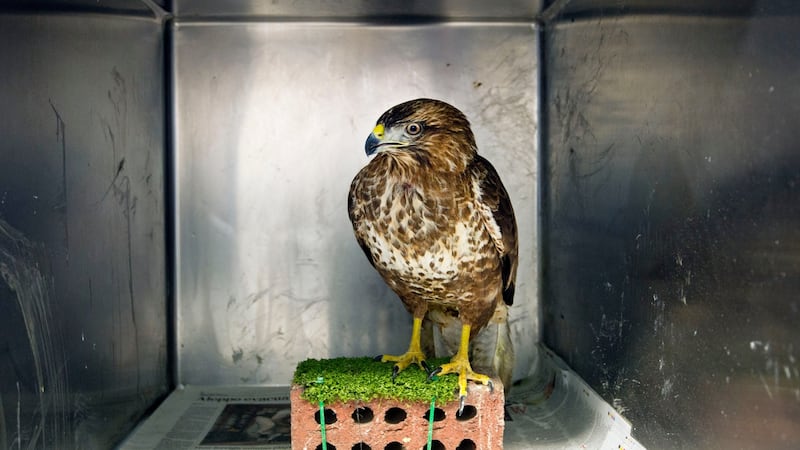
Poisoned prey is a problem too, and children at Scoil Bhríde in Kilcullen were amazed to find a very sick buzzard staggering around their school yard one morning last year. They contacted the centre, and the bird recovered in its care.
The hospital section also contained a rook, a rabbit, feral and wood pigeons and a collared dove, a mallard, a black-headed gull and a blackbird. All had been found injured by members of the public, sometimes passed on by the National Parks and Wildlife Service. This agency has statutory responsibility for injured wildlife, and licences every individual cared for by the centre.
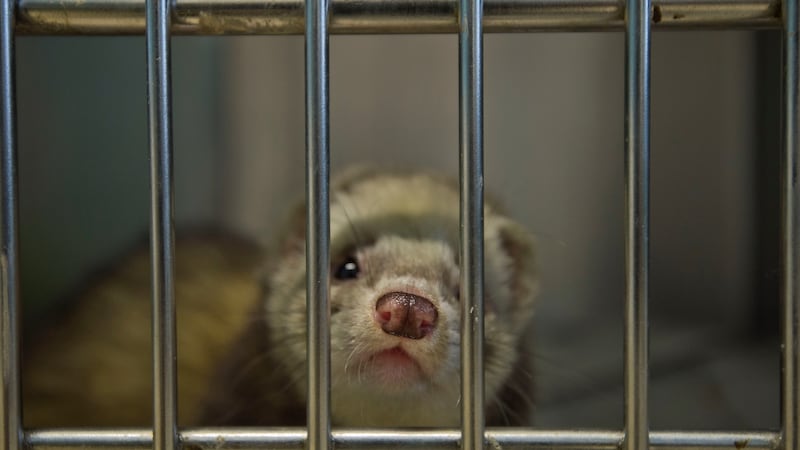
Climate
There was a severely underweight hedgehog, apparently tricked by this very mild winter to emerge too early from hibernation. It had found few worms, snails and insects to build up its strength again. Its plight is probably another indication of the myriad impacts of our changing climate.
Out in a larger recuperation unit, the animals have much more space to exercise, before moving to an outdoor area that is the last stage before release. However, in some instances, such as foxes found as cubs, an inmate is assisted through a further stage with a mobile post-release shelter. This is placed out in the wild, and they can come and go to be fed until they learn to hunt for themselves.
Donoher says the centre has monitored several of its releases, including badgers and pine martens, through radio-tagging, and they generally appear to survive and thrive. See badgerdiary.net/the-beginning/
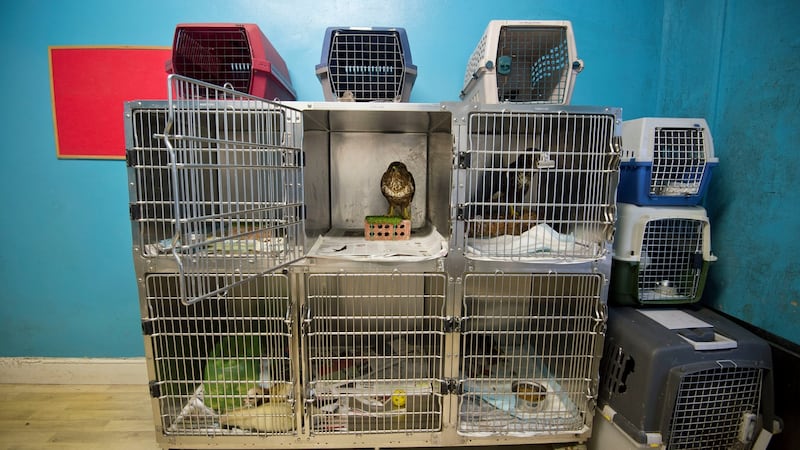
The only other full-time worker at the centre is Michael O’Toole. Like Donoher, he describes the work as very rewarding, though not, he concedes, in financial terms. “There are other riches in life,” he says.
There were three volunteers working there the day I visited. Martina Broughall is a nurse, and gives up her free Saturdays plus a morning a week to work there. There were also two transition year students, Lauren Reynolds from St Conleth's Community College in Newbridge, and Lisa Lyons from Scoil Mhuire in Clane.
They spoke with infectious enthusiasm about their work. “It’s much more interesting than working in retail or something like that,” said Lauren. “We got to hold a ferret, see foxes up close.”
“I was surprised by the buzzard,” says Lisa. “I never knew we had such big birds of prey.”
They say the experience is leading them to consider careers involving “something in the line of animals.”
I left feeling more than a little humbled. There are more paths into engagement with nature than birding, botany, ecology and conservation activism. And Darwinism doesn’t offer helpful answers to every encounter with a wild animal.
Finding help for injured animals
"We can't keep up with the demand," says Emma Higgs, director of Wildlife Rehabilitation Ireland. She now logs up to 4,000 wild animal casualties a year, far more than the National Parks and Wildlife Service, overstretched as ever, had been aware of.
Higgs is a veterinary nurse who set up this group to co-ordinate the activities of people who want to help injured wild animals recover, from individuals to institutions such as the Kildare foundation.
WRI has organised 17 training courses for 20 people each over the last five years. Higgs is working full time pro bono, but aims to set up a wildlife rehabilitation and teaching hospital eventually.
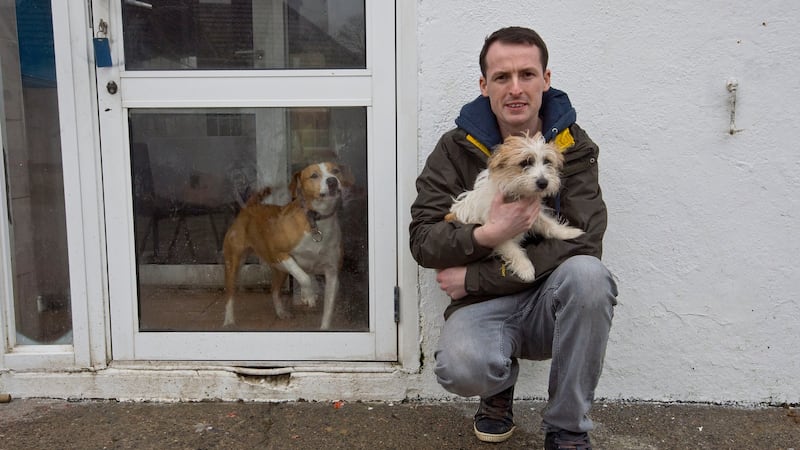
If you find an injured animal, before taking any action you should contact one of the WRI contacts list
And, as spring comes on, do remember that fledgling birds and young animals that may appear abandoned are actually in the care of a nearby parent, and are best left well alone.














